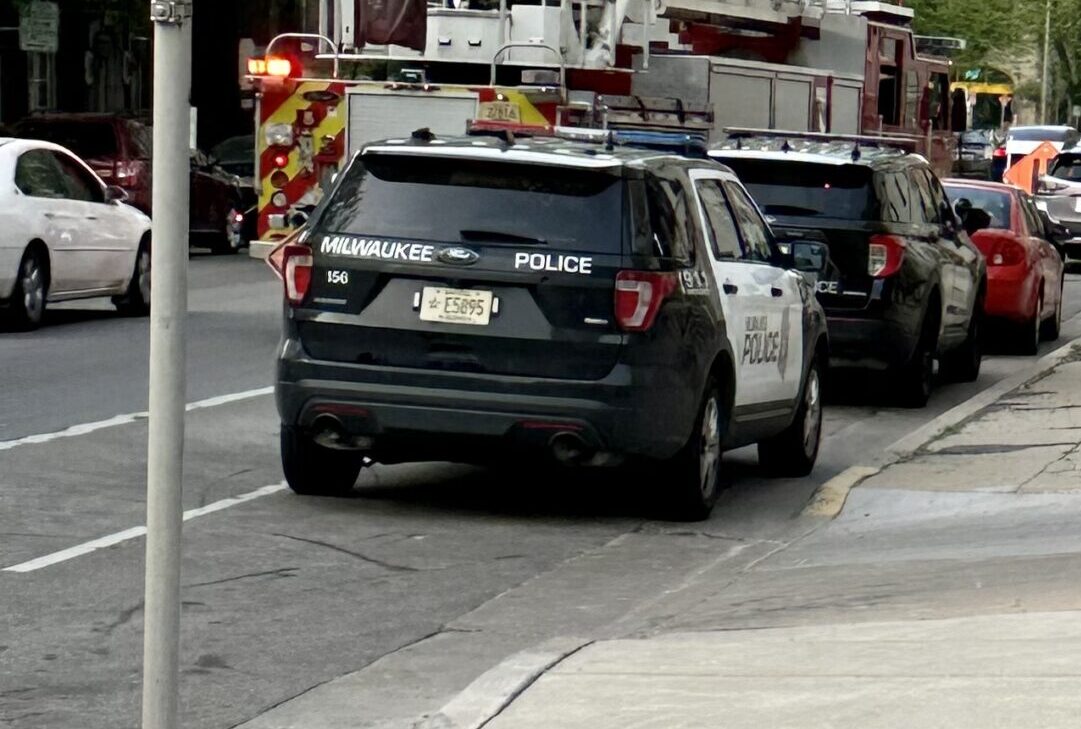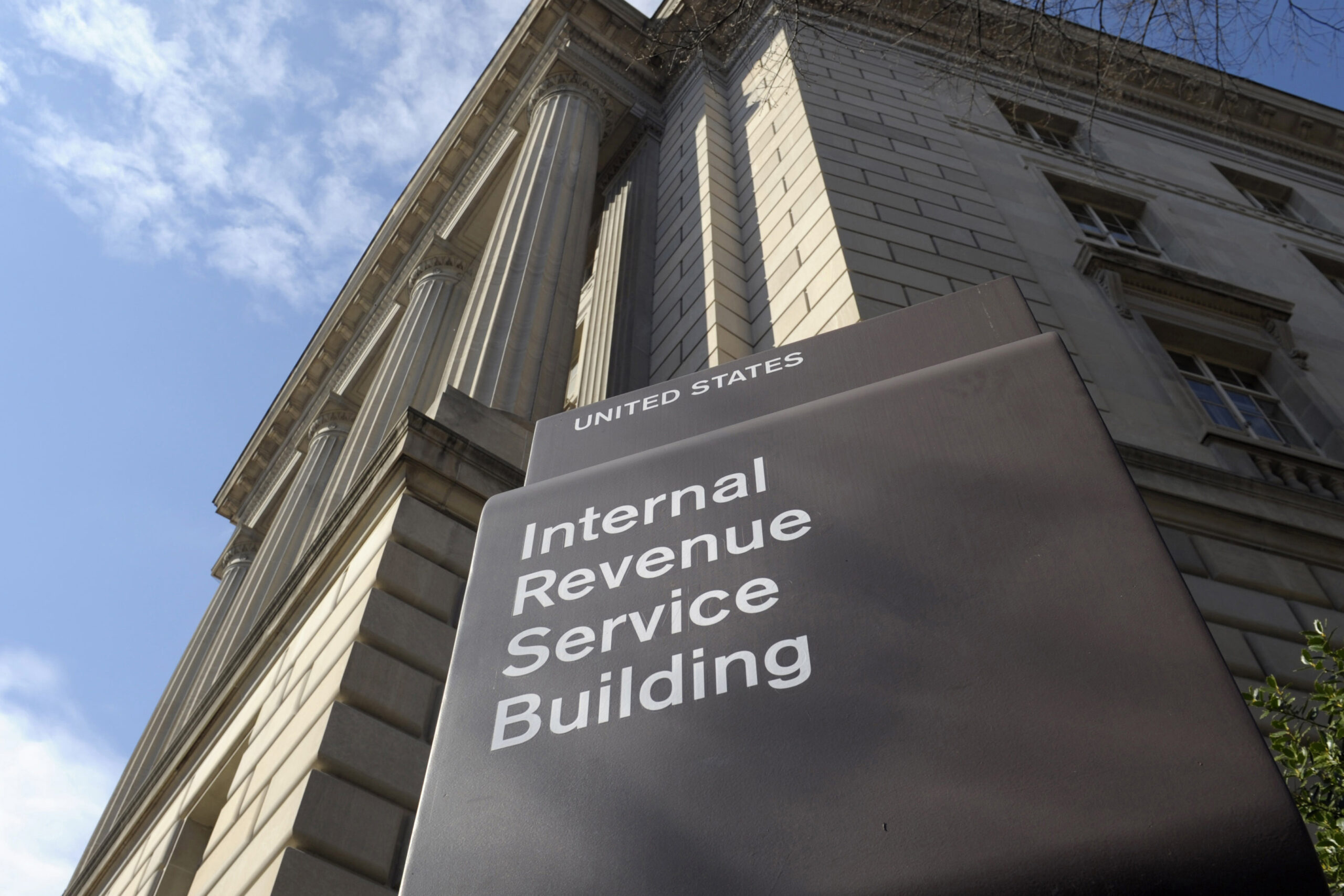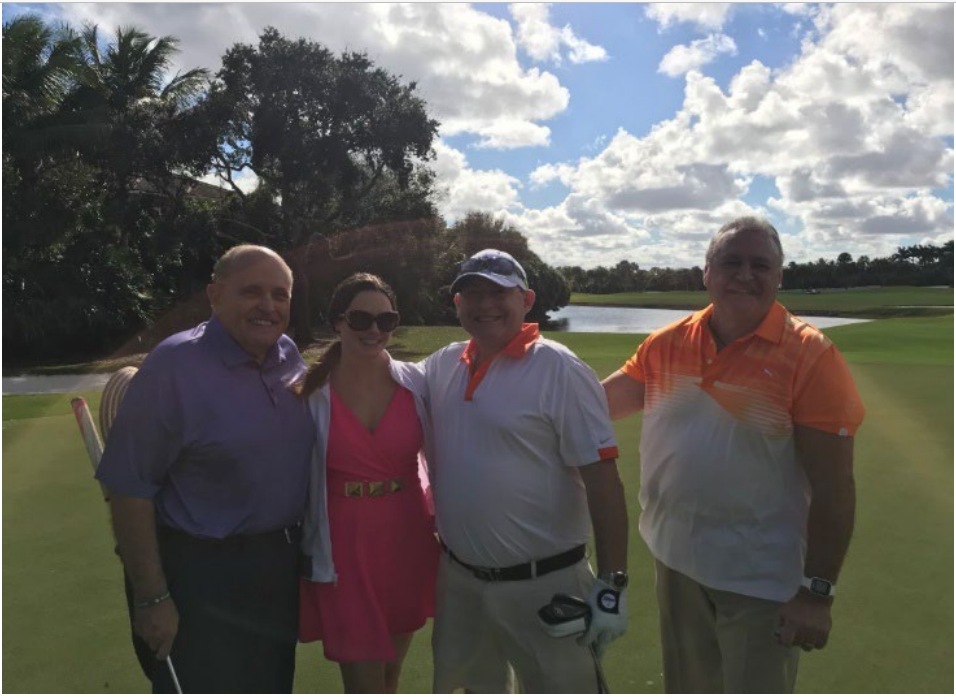What’s in a business name?
By: dmc-admin//September 22, 2008//
The question of how much deference should be given a jury’s damage award in an action alleging trade name infringement is at the heart of a case pending before the Wisconsin Supreme Court.
Should such damage awards be given great deference, similar to damage awards for pain and suffering, or in defamation cases?
Or are they more analogous to damage awards in contract cases, which must be proven more specifically?
On Sept. 10, the Supreme Court heard oral arguments in the case of D.L. Anderson’s Lakeside Leisure Co. Inc. v. Anderson, No. 2007AP46.
The case arose when M. Scott and Steven Statz purchased D.L. Anderson Marine Contractors. The sale included a noncompete clause, stating that, for seven years within a 120-mile radius of Waunakee, the seller, Donald Anderson, would not permit his name to be used by any competing business.
When Anderson began working as a representative for a pier manufacturer and boat-lift distributor, and formed another business, Anderson Marine LLC, selling boats and marine accessories a mile away from the Statzes’ business, the Statzes brought suit, alleging breach of the noncompete clause and trade name infringement.
The jury awarded $15,000 for breach of the noncompete clause, $75,000 for trade name infringement, and $160,000 in punitive damages. The trial court awarded attorney fees.
The Court of Appeals upheld the jury’s finding of breach of the noncompete clause and the $15,000 in compensatory damages. However, while it upheld the finding of trade name infringement, it reversed the $75,000 compensatory damage award as unsupported by the evidence.
It also reversed the punitive damage award, and the attorney fee award.
Arguing for the Statzes, Kevin J. Palmersheim, of Haley Palmersheim SC, in Middleton, argued that any difficulty in determining damages in a trade name infringement action is the result of the defendant’s infringement, and a jury should be given flexibility in determining damages.
In this case, the Statzes paid $200,000 for “goodwill.” Thus, Palmersheim argued, any jury award between zero and $200,000 should be considered a reasonable approximation of damages.
Palmersheim noted that, in defamation cases, juries can award damages without any evidence that the plaintiff’s reputation was actually diminished. Because trade name infringement similarly diminishes the reputation of a business, yet damages are difficult to calculate, Palmersheim contended such a jury award should be treated similarly.
Michael B. Van Sicklen, of Foley & Lardner LLP, in Madison, represented Anderson. Van Sicklen characterized the case differently, asking “Why engage in a tort analysis, when we have a contract governing the sale?”
Despite the jury verdict, Van Sicklen also took issue with the finding that Anderson violated the covenant not to compete, calling Anderson’s business “complementary, not competing.”
Van Sicklen further argued that the jury instructions incorrectly allowed the jury to find in favor of the Statzes, based only on a finding of confusion between the names of the businesses, without also requiring a finding that Anderson was competing against the Statzes.
Absent any evidence of lost profits, Van Sicklen contended, there is no basis for any award of damages.
Seven issues were granted review by the Supreme Court, but the oral argument did not include discussion of them all.
Legal News
- Waukesha man sentenced to 30 years for Sex Trafficking
- 12-year-old shot in Milwaukee Wednesday with ‘serious injuries’
- Milwaukee man convicted of laundering proceeds of business email compromise fraud schemes
- Giuliani, Meadows among 18 indicted in Arizona fake electors case
- Some State Bar diversity participants walk away from program
- Wisconsin court issues arrest warrant ‘in error’ for Minocqua Brewing owner
- Iranian nationals charged cyber campaign targeting U.S. Companies
- Facing mostly white juries, are Milwaukee County defendants of color truly judged by their peers?
- Milwaukee Mayor speaks in D.C. Tuesday at White House water summit
- Chicago man sentenced to prison after being caught with ‘Trump Gun’
- FTC bans non-competes
- Gov. Evers seeks applicants for Dane County Circuit Court
WLJ People
- Power 30 Personal Injury Attorneys – Russell Nicolet
- Power 30 Personal Injury Attorneys – Benjamin Nicolet
- Power 30 Personal Injury Attorneys – Dustin T. Woehl
- Power 30 Personal Injury Attorneys – Katherine Metzger
- Power 30 Personal Injury Attorneys – Joseph Ryan
- Power 30 Personal Injury Attorneys – James M. Ryan
- Power 30 Personal Injury Attorneys – Dana Wachs
- Power 30 Personal Injury Attorneys – Mark L. Thomsen
- Power 30 Personal Injury Attorneys – Matthew Lein
- Power 30 Personal Injury Attorneys – Jeffrey A. Pitman
- Power 30 Personal Injury Attorneys – William Pemberton
- Power 30 Personal Injury Attorneys – Howard S. Sicula











